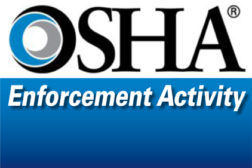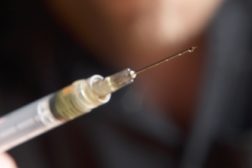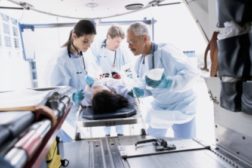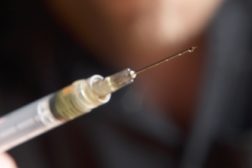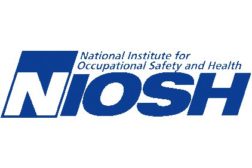Home » healthcare worker safety
Articles Tagged with ''healthcare worker safety''
-But OSHA can't issue fines to a government agency
Read More
Many health care worker injuries caused by patient transfers
Updated equipment could help
November 30, 2013
320,000+ sharps injuries a year among U.S. health care workers
“A serious occupational risk”
November 20, 2013
AIHA backs bill to prevent injuries to healthcare workers, patients
Measure would establish a patient handling, mobility and injury prevention standard
September 24, 2013
NIOSH updates PPE research plan for healthcare workers
New studies, priorities being taken into account
August 19, 2013
NIOSH offers free on-line violence prevention training for nurses
A NIOSH Science Blog post
August 15, 2013
Never miss the latest news and trends driving the safety industry
eNewsletter | Website | eMagazine
JOIN TODAYCopyright ©2024. All Rights Reserved BNP Media.
Design, CMS, Hosting & Web Development :: ePublishing
